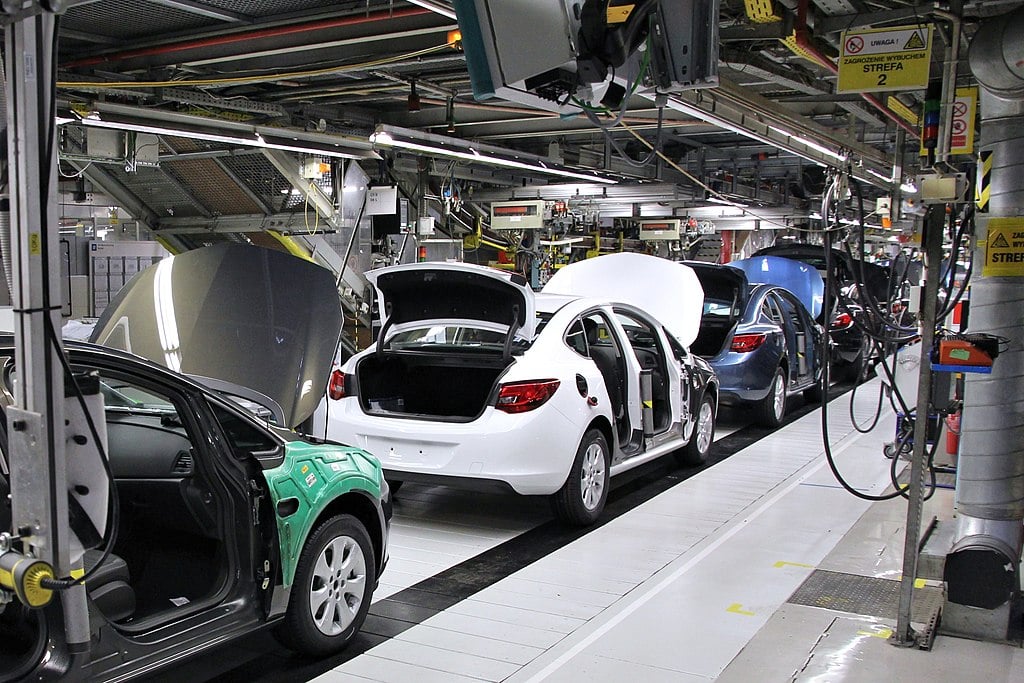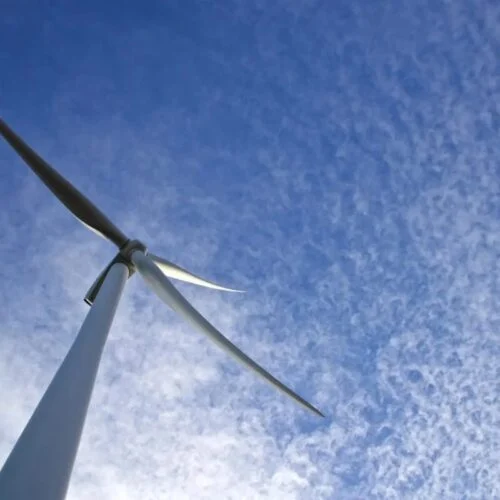Global automotive battery demand is forecast to exceed 1TWh in 2025, surpassing 3.6TWh in the next decade.
The quarterly automotive industry demand forecast published by the Advanced Propulsion Centre UK (APC) reflects some of the headwinds facing the EV industry.
While automotive battery demand remains high in the APC’s predictions, anticipated reductions in battery electric vehicle (BEV) production are expected to lower demand by approximately 500GWh compared with the Demand Report it published in Q4 2024.
While global vehicle production is expected to hit almost 100 million in 2030, the APC, forecasts a reduction of about 2 million in the number of xEVs manufactured that year, compared to the previous demand report.
Its base case scenario forecasts the UK to be manufacturing 1 million battery EVs per annum by 2035.
The APC, which focuses on accelerating the transition to a net zero automotive supply chain in the UK and is funded by the government’s Department for Business and Trade (DBT), uses the term xEV to cover all electrified vehicle types including battery electric vehicles, plug-in hybrid electric vehicles, hybrid electric vehicles and fuel cell electric vehicles (BEVs, PHEVs, HEVs, FCEVs).
The forecast for Q1 is based on data from April, accounting for the 25% tariffs on US car imports that were planned at the time—the APC notes that there remains a lot of uncertainty due to paused tariffs, EV tax credits and threats of other tariffs on associated technologies such as semiconductors.
By 2035, under the conditions seen in April, the APC forecast that the number of xEVs manufactured in 2035 would be 5 million lower than it projected at the end of 2024.
Hybrid production is expected to take a larger market share than previous forecasts, reflecting the shift in mandates that are intended to ease the transition for traditional OEMs.
Still, xEV growth does continue globally, albeit at a slower pace than expected at the end of 2024. According to the APC’s report, it is a shift in technology type (away from fully electric vehicles), not lower total volumes, that drives a slower battery demand forecast over the next decade.
UK automotive battery demand outlook
According to the Q1 2025 Demand Report, within Europe and the UK there will be an increase in total vehicle production and xEV production, but this will come at a slower rate than stated in Q4 2024.
By 2035, it is projected that 96% of vehicles manufactured in the UK will be BEVs, a figure that “significantly surpasses” both global and European manufacturing forecasts. This is attributed to the strategic shift of UK OEMs towards near total BEV production by 2035, aligning with government measures.
Whilst UK vehicle production is expected to reach around 1 million vehicles in 2030 in the base case, the APC says this could be reduced by up to 150,000 vehicles if a more cautious stance is taken, accounting for geopolitical instability, market uncertainty and supply chain disruptions.
Some of this is the result of basing the forecast on April figures, before the UK-US trade deal—enabling a maximum of 100,000 UK vehicles to be imported under an import tax of 10%, with any cars exported above that quota subject to a 27.5% import tax—had been agreed.
Chief executive of trade body the Society of Motor Manufacturers and Traders (SMMT) Mike Hawes called the trade deal, which commenced on 30 June, “a diplomatic coup” that “provides a foundation on which to grow trade in the future”.
Interestingly, the zero emissions vehicle (ZEV) mandate is highlighted as having relatively low impact, given that 80% of cars manufactured in the UK are exported. One drawback of the trade deal with the US is that it effectively caps the number of vehicles that can be competitively exported to the US at the 100,000 mark, a figure that 2024 exports came close to.
In the UK, the APC expects that automotive industry growth will be led by major OEMs introducing new models, and states that if the UK automotive industry is to grow beyond the report’s forecasts then the introduction of more new models or new OEMs will be required as part of efforts to attract new investment.
Perhaps the effect of the ZEV mandate’s extended allowance for hybrid EV production, the APC’s forecast UK battery demand is reduced more substantially than Europe, due to the expected shift in production types.
European vehicle production prediction
In Europe, it is expected that by 2035 19 million vehicles will be produced per annum. The Demand Report expects that a rise in imported vehicles may impact European production, with competitive challenges from Chinese, South Korean and Japanese OEMs growing.
It also suggests that Chinese-made PHEV sales could increase in Europe as these circumvent the EU tariff on China-made BEVs that would inhibit their sale in the bloc.
European automotive battery demand is forecast to grow to around 0.9TWh by 2035, accounting for 20% of global demand.
The APC says that although cell production capacity is projected to surpass demand from 2027, this estimate is based on announced nameplate capacity, much of which is unlikely to materialise due to the slowing battery demand.
A factor the report says is more critical is the expected deficit in Europe’s midstream supply chain as production capacities for cathode and anode materials fall short of meeting present and near-future demands.






